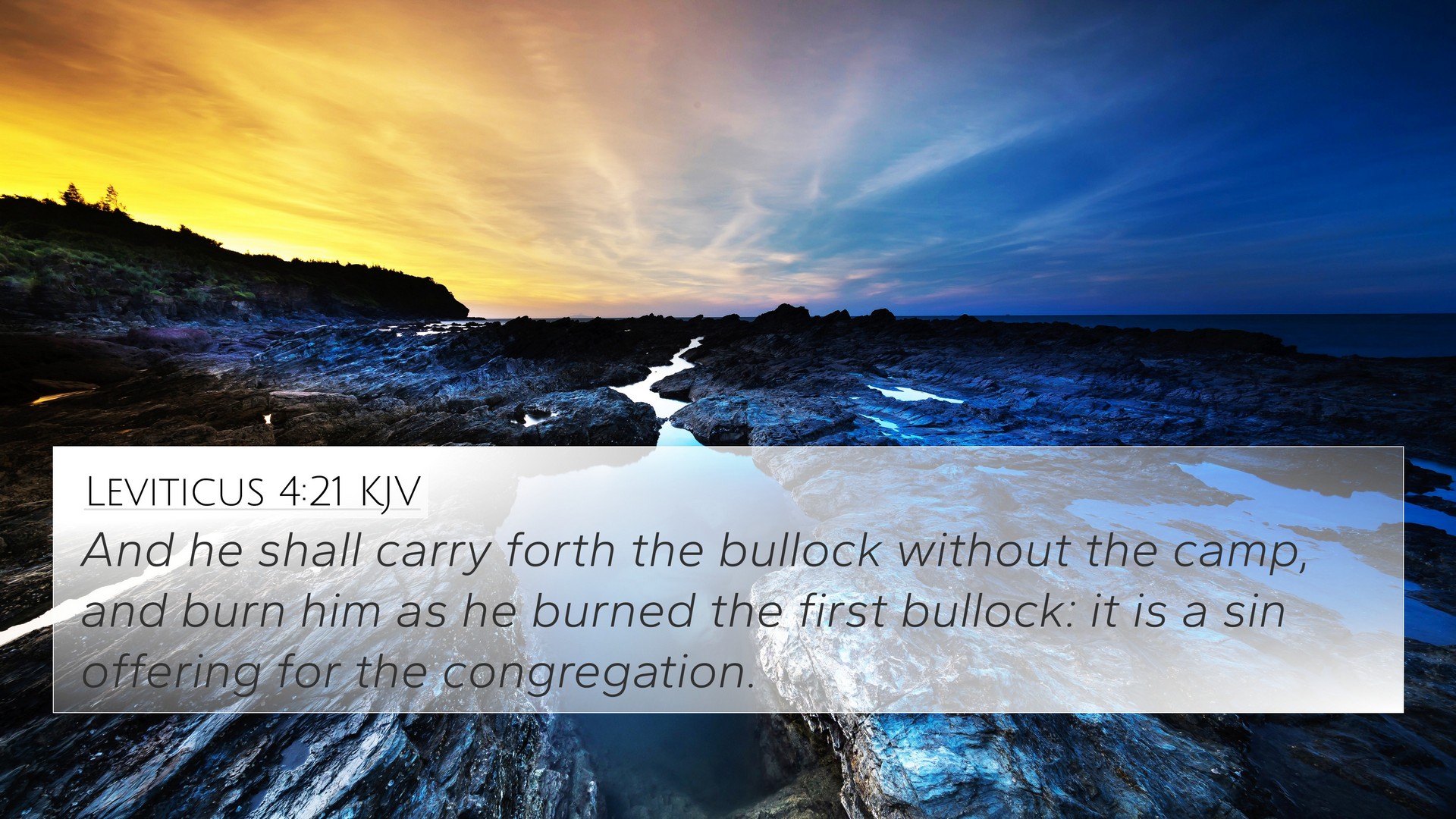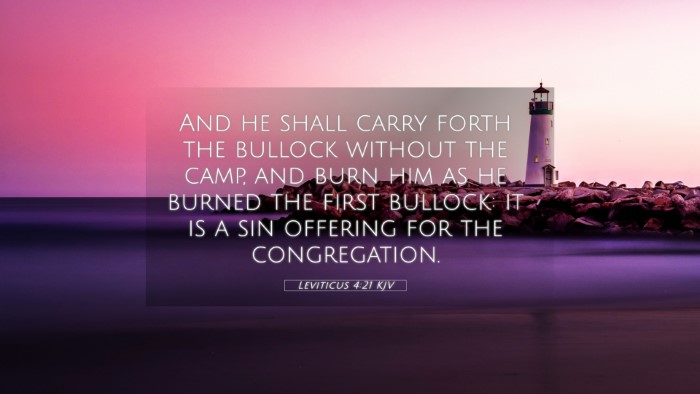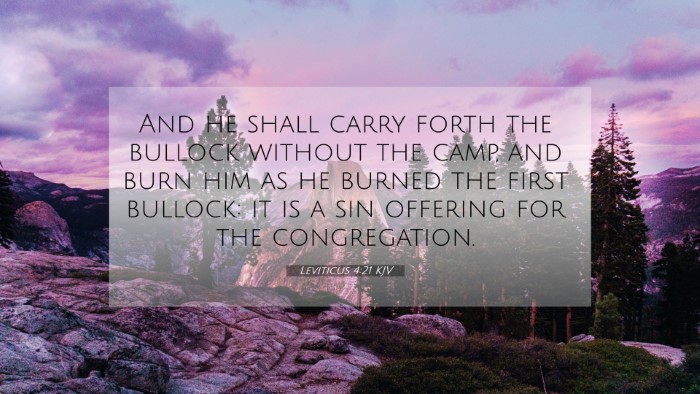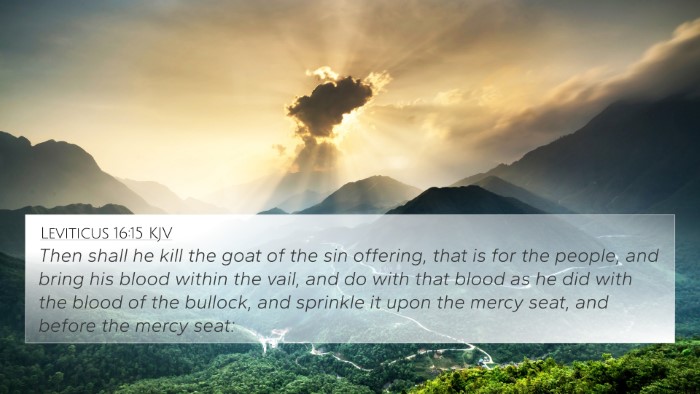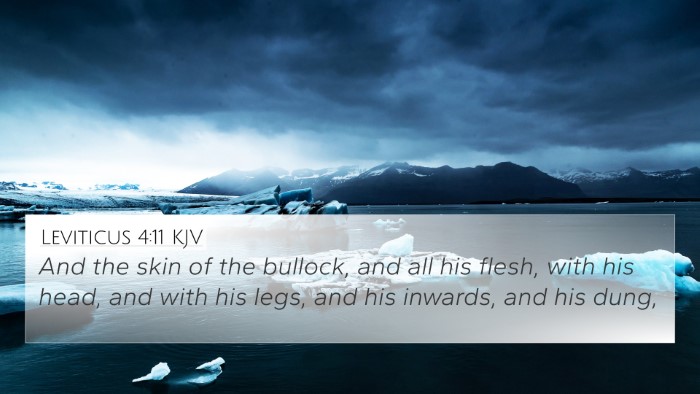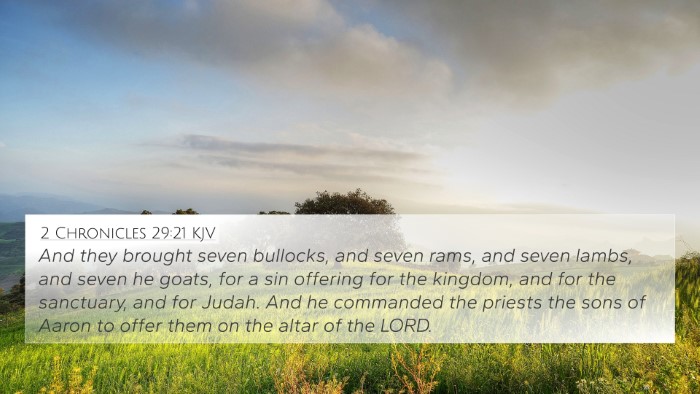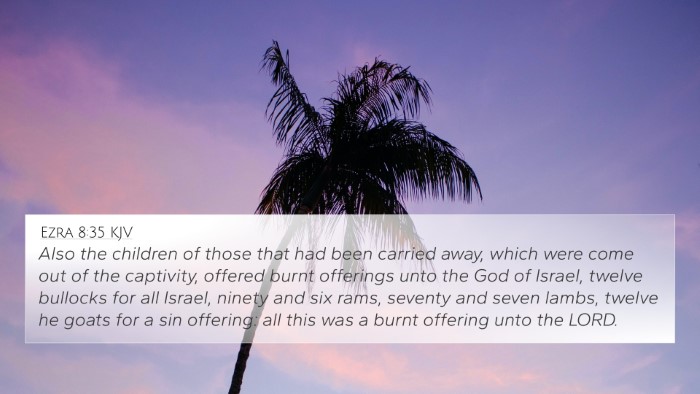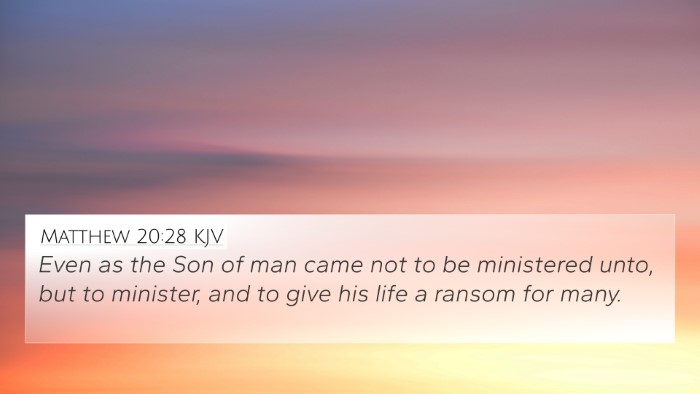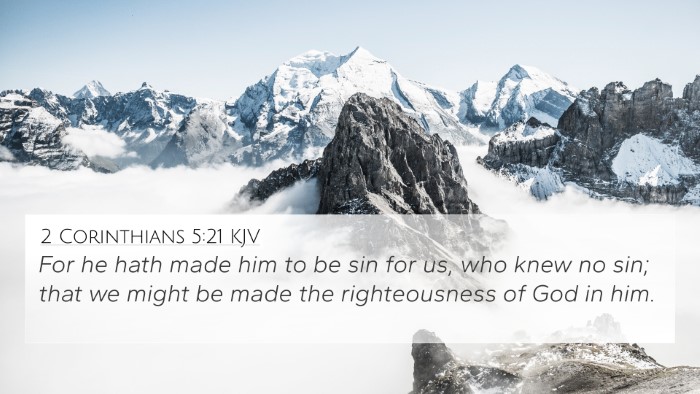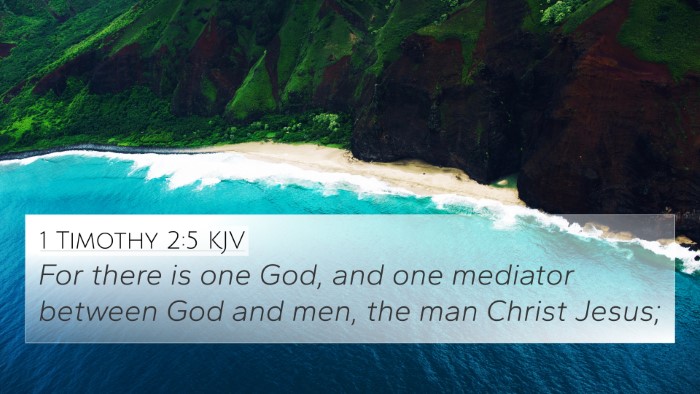Understanding Leviticus 4:21
Leviticus 4:21 reads:
"And he shall carry forth the bullock without the camp, and burn him as he burned the first bullock: it is a sin-offering for the congregation."
Summary of Meaning
This verse describes a crucial aspect of the sin-offering ritual within the Levitical laws, detailing the procedure for handling the sin of the congregation. The act of carrying the sin-offering outside the camp symbolizes the removal of sin from the presence of the people and God's holiness.
Insights from Commentaries
In combining insights from various public domain commentaries, we observe several themes regarding the significance of this ritual:
-
Matthew Henry:
Henry emphasizes the importance of atonement and the deep connection between the act of sacrifice and the purification of sin. He notes that the bullock, representing the congregation, must be taken outside the camp, signifying that sin is to be effectively removed from God's sanctuary.
-
Albert Barnes:
Barnes provides an analysis of the significance of the offering being burned outside the camp, correlating it with the concept of exclusion from the community and the need to address collective sin seriously. He also links this ritual to the broader theme of sacrifice as a means of reconciling with God for collective transgressions.
-
Adam Clarke:
Clarke points out the symbolism of the blood and the necessity of sanctifying the place of worship. He interprets the action of burning the bullock as a foreshadowing of Christ's ultimate sacrifice, thus reinforcing the interconnectedness of the sacrificial system in the Old Testament with its New Testament fulfillment.
Cross-References
Leviticus 4:21 is linked with several other biblical passages that expand on its themes:
- Hebrews 13:11-13: This passage connects the ritual of sacrifice to Jesus' suffering outside the gate, emphasizing the necessity of bearing the sin of the people away.
- Exodus 29:14: Discusses the burning of the flesh and sin-offering outside the camp, establishing a precedence of removing sin's presence.
- Leviticus 16:27: Details the scapegoat ritual, where sins are symbolically carried away, paralleling the intent of the sin-offering.
- Numbers 19:6: Refers to the necessity of purifying measures and the concept of sin being taken outside the camp.
- Isaiah 53:6: Points to the collective nature of sin and how it has been laid upon the sacrificial Lamb, connecting Old Testament sacrifices to Christ.
- 1 Peter 2:24: Asserts that Christ bore our sins in His body on the tree, illustrating the ultimate fulfillment of sin-offering rituals.
- Romans 8:3: Discusses God sending His Son as a sin-offering, tying in the idea of substitution that is present in the sacrificial system.
Thematic Connections
The verse also showcases several significant themes that run throughout the Bible:
- Sin and Atonement: The need for atonement reflects humanity's separation from God due to sin.
- Separation from Holiness: The act of removing the sacrifice to an unclean place symbolizes maintaining the sacredness of God's dwelling.
- Preparation for Sacrifice: Each detail in the ritual prepares for a deeper understanding of Christ's sacrificial role.
- Collective Responsibility: This sacrificial system highlights the community’s collective sin and the necessity for communal atonement.
Tools for Further Study
To delve deeper into the connections between Bible verses, consider utilizing these resources:
- Bible concordance: A valuable tool for finding words, phrases, and themes across scripture.
- Bible cross-reference guide: Offers insight into how verses relate to each other.
- Cross-reference Bible study: Methods to explore the interconnections in scripture.
- Bible reference resources: Comprehensive materials that provide additional context and commentary.
- Bible chain references: Creating a chain of connections to understand thematic elements throughout the Bible.
Conclusion
The insights gained from Leviticus 4:21 underscore the profound themes of sacrifice, sin, and reconciliation found throughout the scriptural narrative. Understanding this verse and its connections provides a comprehensive view of how Old and New Testament scriptures dialogue with each other on the nature of sin and atonement. For anyone seeking to deepen their understanding of biblical truths, cross-referencing related passages offers a rich tapestry of theological insights.
